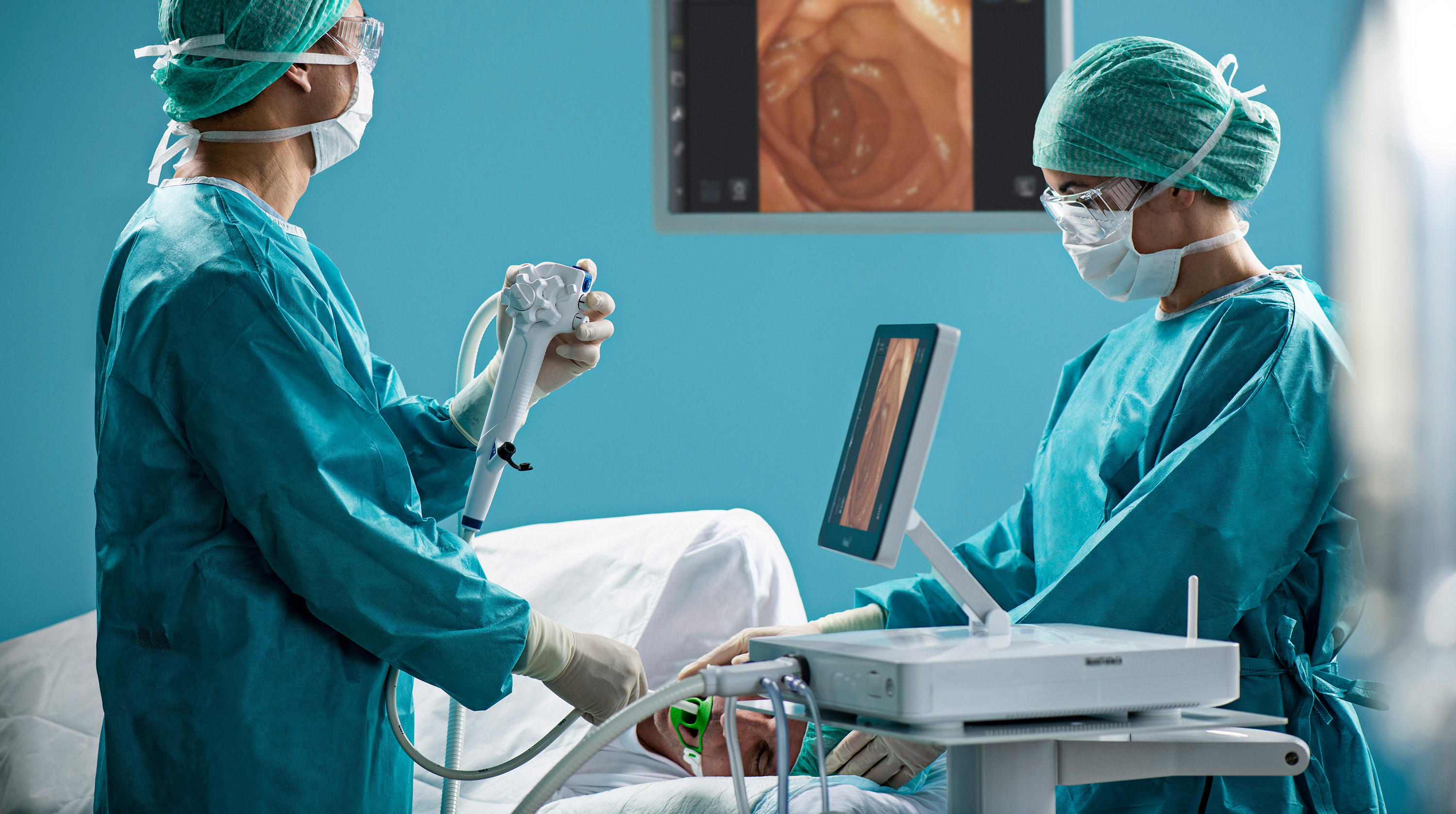
Single-use gastroscopes are effective across a broad range of indications and offer an array of potential benefits.
That’s the conclusion reached by a group of researchers who list such advantages as:
Doctors successfully completed esophagogastroduodenoscopy (EGD) using only the single-use gastroscope in 58 of 60 cases (96.7%). In two cases, however, they required crossover to an ultra-slim endoscope to either reach the esophageal stenosis or to transverse the stenosis.
Doctors rated overall satisfaction as comparable to reusable scopes in 51 of 56 cases (91.1%) and inferior in five cases (8.9%). The lower weight of the single-use gastroscope was deemed superior in 42 of 60 cases (70.0%).
Additionally, researchers recorded no device failures or adverse events.
“This study shows that single-use gastroscopes could be used for a myriad of standard indications, offering a proper alternative to reusable gastroscopes,” the authors write.
Areas for improvement included image quality that was impacted by lens cleaning difficulties and the lack of a freeze button, but facilities “are not bound by the long-term investment in reusable endoscopes,” the authors write.
“Instead, they can promptly adopt newer versions of single-use gastroscopes when they become available,” they add.
The study aimed to assess the performance of the Ambu aScope Gastro — the first single-use gastroscope — during EGD in conjunction with the aBox 2 monitor. Ambu, which publishes Single-Use Endoscopy, provided support for the study.
EGD is a common procedure performed approximately 6.1 million times annually in the U.S., according to the authors. They add that while many publications have outlined infection outbreaks involving reusable duodenoscopes, others have included patient-ready gastroscopes.
“Endoscopes require an extensive cleaning process in which reprocessing protocol can be breached and endoscope damage or biofilm can prevent proper disinfection,” the authors write.
These single-use benefits must be weighed against potential increased costs and environmental impact, they added.


